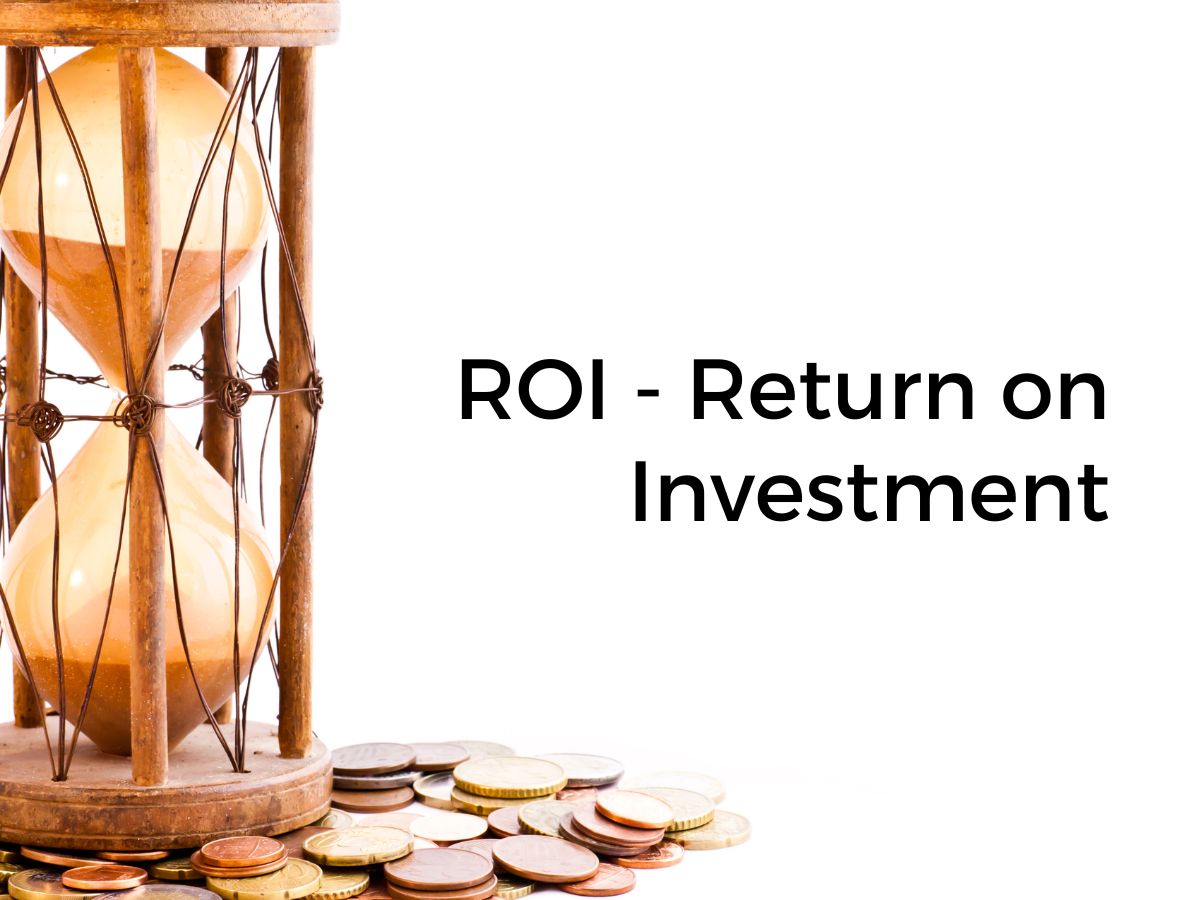All About ROI - Return on Investment and How to Calculate

ROI, or Return on Investment, is a popular metric used in business to measure the financial return received on an investment. ROI is calculated as the percentage of the net profit generated by an investment compared to its cost. In simpler terms, ROI helps you determine how much profit you have made from a particular investment.
ROI is an important metric for businesses because it helps them assess the effectiveness of their investments. It helps companies to understand if the investment is worth pursuing or if there is a need to change their investment strategy. The higher the ROI, the more profitable the investment.
To calculate ROI, you first need to determine the net profit generated by the investment. Net profit is the revenue generated by the investment minus the cost of the investment. Once you have determined the net profit, you can calculate ROI by dividing the net profit by the cost of the investment and multiplying it by 100 to get the percentage.
For example, let’s say you invested $1,000 in a marketing campaign that generated $1,500 in revenue. The cost of the campaign would be $1,000, and the net profit would be $500. To calculate the ROI, you would divide the net profit ($500) by the cost of the investment ($1,000) and multiply it by 100. In this case, the ROI would be 50%.
It is important to note that ROI is not the only metric to consider when making investment decisions. It is important to consider other factors such as the risk associated with the investment, the time required for the investment to generate a return, and the potential for future growth.
ROI is also not a static metric. It can change over time as the investment generates different levels of profit or as the cost of the investment changes. Therefore, it is important to regularly review the ROI of your investments to ensure that they are still generating the desired return.
In summary, ROI is a metric used to measure the financial return received on an investment. It is calculated as the percentage of the net profit generated by an investment compared to its cost. ROI is an important metric for businesses to assess the effectiveness of their investments and to determine if an investment is worth pursuing. However, it is important to consider other factors such as risk and potential growth when making investment decisions. Additionally, ROI is not a static metric and should be regularly reviewed to ensure that investments are still generating the desired return.
How to Calculate
To calculate ROI (Return on Investment), follow these steps:
- Determine the net profit generated by the investment:
- Net profit = Revenue generated by the investment - Cost of the investment
- Divide the net profit by the cost of the investment:
- ROI = (Net profit / Cost of investment) x 100%
For example, let’s say you invested $10,000 in a project that generated $12,000 in revenue. The cost of the project would be $10,000, and the net profit would be $2,000. To calculate the ROI, you would divide the net profit ($2,000) by the cost of the investment ($10,000) and multiply it by 100.
ROI = (2,000 / 10,000) x 100% = 20%
Therefore, the ROI of this investment is 20%.
It is important to note that ROI is just one metric to consider when evaluating an investment. Other factors such as risk, time to generate returns, and potential for future growth should also be taken into account.
10+ FAQ Related To ROI
1. What is ROI?
ROI, or Return on Investment, is a financial metric that measures the amount of profit or loss generated from an investment in relation to its cost.
2. Why is ROI important?
ROI is important because it helps businesses determine whether an investment is profitable or not. It can also be used to compare the profitability of different investments.
3. How is ROI calculated?
ROI is calculated by dividing the net profit by the cost of the investment and multiplying it by 100%.
4. What is net profit?
Net profit is the revenue generated by the investment minus the cost of the investment.
5. What is a good ROI?
A good ROI varies by industry and investment type. Generally, an ROI that is higher than the cost of capital or interest rate is considered good.
6. Can ROI be negative?
Yes, ROI can be negative if the cost of the investment is greater than the revenue generated by the investment.
7. What factors can affect ROI?
Several factors can affect ROI, including the cost of the investment, revenue generated, and the length of time it takes to generate a return.
8. Can ROI be used for non-financial investments?
Yes, ROI can be used for non-financial investments such as time or effort. For example, ROI can be used to measure the effectiveness of a marketing campaign.
9. How often should ROI be calculated?
ROI should be calculated regularly to monitor the profitability of investments and make necessary adjustments.
10. Is ROI the only metric to consider when making investment decisions?
No, ROI is just one metric to consider when making investment decisions. Other factors such as risk, time to generate returns, and potential for future growth should also be taken into account.
